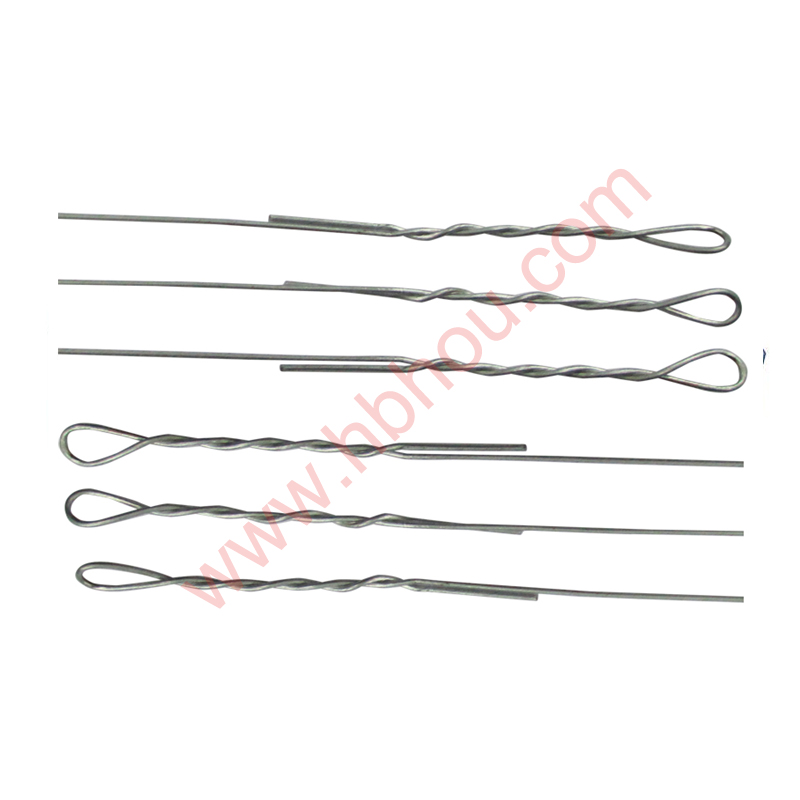Understanding Annealed Iron Wire Properties, Uses, and Applications
Annealed iron wire is a versatile material with a wide range of applications in various industrial and domestic realms. The process of annealing, which involves heating the iron wire to a specific temperature and then allowing it to cool slowly, plays a critical role in altering its mechanical properties. This article explores the characteristics, benefits, and typical uses of annealed iron wire, shedding light on why it is a preferred choice in many applications.
What is Annealed Iron Wire?
Annealed iron wire is produced by subjecting standard iron or steel wire to an annealing process. This process not only softens the wire but also enhances its ductility, malleability, and overall workability. By reducing the hardness of the metal, annealing makes the wire more pliable, allowing it to bend and stretch without breaking. This enhanced flexibility is crucial for various applications where rigidity might lead to failure or breakage.
Properties of Annealed Iron Wire
The key properties that make annealed iron wire desirable include
1. Ductility The annealing process increases the ductility of the wire, allowing it to be drawn into thinner diameters without fracturing. This property is essential for applications requiring fine wire gauges.
2. Malleability Annealed iron wire can be easily shaped and altered into different forms, which is particularly valuable in crafting and manufacturing.
3. Corrosion Resistance While raw iron is prone to rust, annealing can enhance the wire's surface properties when combined with coatings or treatments, making it more resistant to corrosion. However, it is important to note that bare annealed iron wire can still rust if not protected properly.
5. Tensile Strength While annealed iron wire may not be as strong as its unannealed counterparts, the specialized strength characteristics make it suitable for specific applications that do not demand high tensile strength.
annealed iron wire

Uses and Applications
Annealed iron wire finds its utility across numerous domains. Here are some of the most common applications
1. Construction and Building Annealed iron wire is widely used as a binding material in construction. It is often employed for tying rebar in reinforced concrete structures, ensuring that the elements remain securely fastened during the curing process.
2. Fencing The pliability of annealed iron wire makes it an ideal choice for creating fences and enclosures. It can readily be twisted and woven into various designs, providing durability as well as aesthetic appeal.
3. Craftsmanship Artists and craftsmen frequently use annealed wire for creating sculptures, jewelry, and various decorative elements. The ease with which it can be shaped allows for intricate designs and detailed work.
4. Electrical Applications In certain cases, annealed wire is used in electrical applications, serving as a connector or conductor due to its ability to be formed and manipulated into precise shapes.
5. Agricultural Uses Farmers utilize annealed wire for various purposes, including tying plants to supports and fencing livestock. Its flexibility and strength make it an effective choice for outdoor applications.
6. Manufacturing Many manufacturers rely on annealed iron wire to produce components in machinery and equipment that require bending or forming.
Conclusion
In summary, annealed iron wire is an essential material characterized by its enhanced ductility, malleability, and stress relief properties. Its applications are vast, spanning from construction and fencing to craftsmanship and electrical uses. Understanding the unique properties and applications of annealed iron wire can help industries select the right materials for their specific needs, ensuring efficiency and effectiveness across numerous tasks. As materials technology continues to evolve, the relevance of annealed iron wire remains steadfast in various sectors.
















